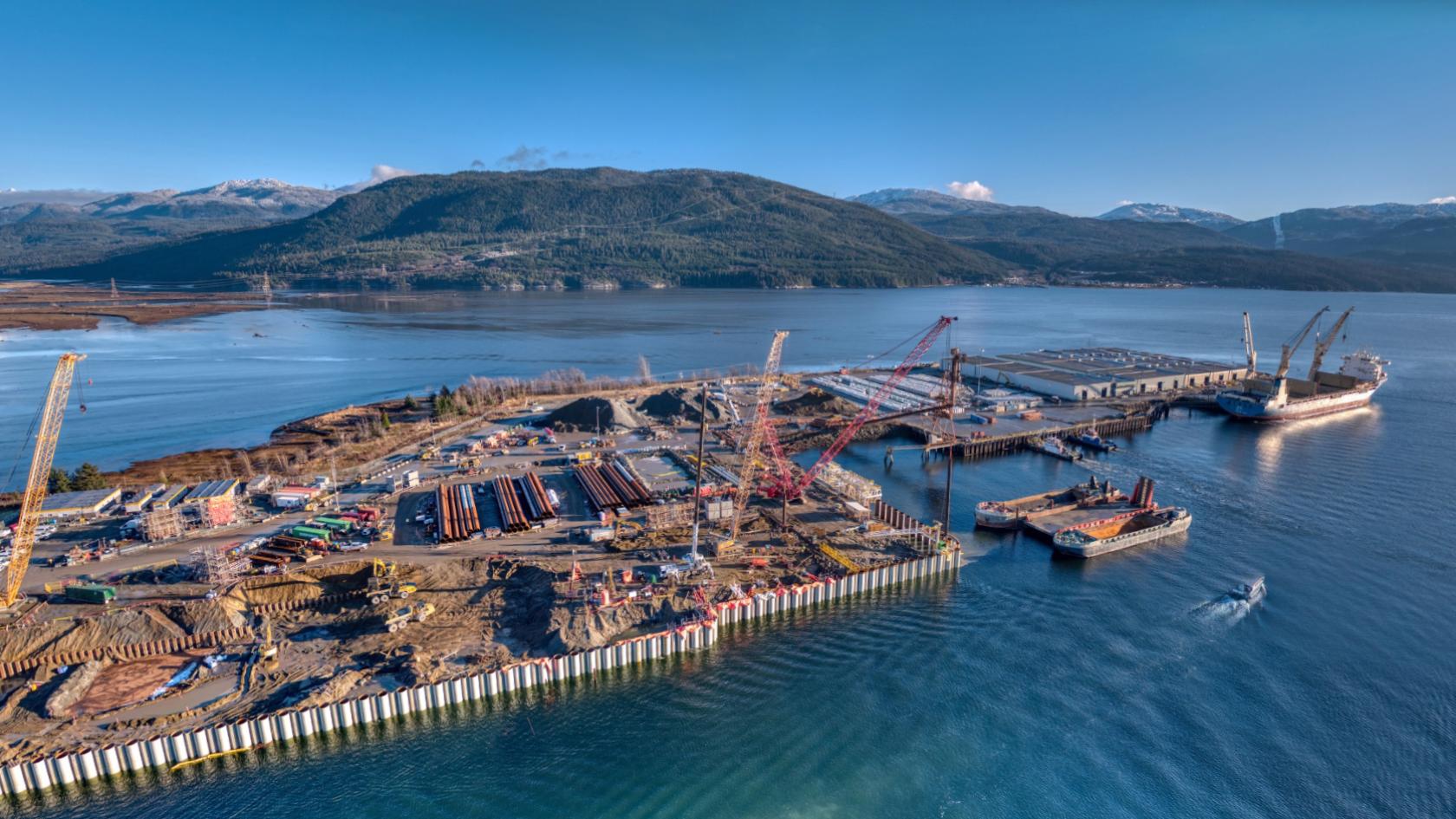‘While the rest of the world sped ahead in getting LNG capacity online, Canada stalled’

Thus, while the rest of the world sped ahead in getting LNG capacity online, Canada stalled. That means the long-term investment in LNG is now paying off for many firms in many countries. That includes the ability to capitalize on the gains in natural gas prices.
On price, in Asia, where demand for LNG has grown dramatically, prices are soaring. “Prices in Asia reached almost $30 versus just $2.60 per MMBtu in the United States,” wrote energy analyst Rashid Husain Syed recently. As another account notes, LNG cargo prices have been “rising faster than Bitcoin.”
Demand for LNG has in part been driven by concerns over particulate emissions, as LNG is cleaner than coal. Additionally, LNG also has lower carbon emissions than coal.
Both reasons help explain the rise of natural gas as a replacement energy source. For example, the United States was able to decrease carbon emissions in absolute terms over a decade mainly by replacing coal-fired electricity plants with natural gas-fired plants.
Flip to Asia where coal still powers much electricity (and in fact with even more coal plants under construction) and it’s unsurprising that natural gas is increasingly popular.
Overall, as a proportion of the world’s energy supplies, natural gas accounted for 17 per cent in 1980 and 23 per cent of world energy in 2018, this according to the International Energy Agency.
That compares to coal (25 per cent in 1980 and 27 per cent in 2018); oil (44 per cent in 1980 and 32 per cent in 2018); and nuclear (three per cent in 1980 and five per cent in 2018). As for the remaining shares, hydro was two per cent in 1980 and the same in 2018. All other energy sources including renewables accounted for 10 per cent of world energy in 1980 and 10 per cent in 2018.
In other words, natural gas and coal have been rising as a proportion of the world’s energy supply with all others either flat or in decline.
Given the rise in natural gas consumption, the key for nations that don’t have it is to, obviously, import it, either through pipelines or in liquified form, i.e., LNG. That’s where the global LNG trade comes in.
The global share of LNG as a proportion of all gas imports increased from 22 per cent in 2000 to 38 per cent in 2019. Specific to Asia, 70 per cent of natural gas imports arrive in the form of LNG. In 2019, the global trade in LNG was worth US$130 billion annually.
So which countries benefit from that rise in global LNG exports?
At the top of the heap in 2019, Qatar was the world’s top exporter of LNG, with its 104 billion cubic metres exported accounting for 22 per cent of the global trade. That was followed by Australia (21 per cent) and the United States (nine per cent).
Three East Asian nations made up the top importers of LNG in 2019: Japan, followed by China and South Korea. Add up all their LNG imports between 2015 and 2019 and those three countries alone imported over US$372 billion. Japan paid out $194 billion for LNG, followed South Korea (US$90 billion) and China ($88 billion).
Could Canada be a player in the global LNG export market? The Conference Board of Canada thinks so.
For example, at present, Australia has an LNG liquefaction capacity of just under 88 million tonnes per annum (MPTA). According to the Conference Board, if Canada managed to take the shackles off the development of LNG and arrive at capacity of 30 MPTA, equivalent to just one-third Australia’s current capacity, that export sector would be worth $7.4 billion and employ 65,000 Canadians, annually.
It’s overdue for governments and everyone else to ignore the naysayers. So far, their de facto agenda has thwarted both the creation of a massive new export sector for Canada and the lower worldwide greenhouse gas emissions that would result from Canadian LNG exports.
Mark Milke and Ven Venkatachalam are with the Canadian Energy Centre, an Alberta government corporation funded in part by carbon taxes. They are authors of MIA – $130 billion in LNG: The global liquified natural gas trade and Canada’s missed opportunities.
Share This:





 CDN NEWS |
CDN NEWS |  US NEWS
US NEWS 



































COMMENTARY: Activists Suddenly Care About LNG Investors